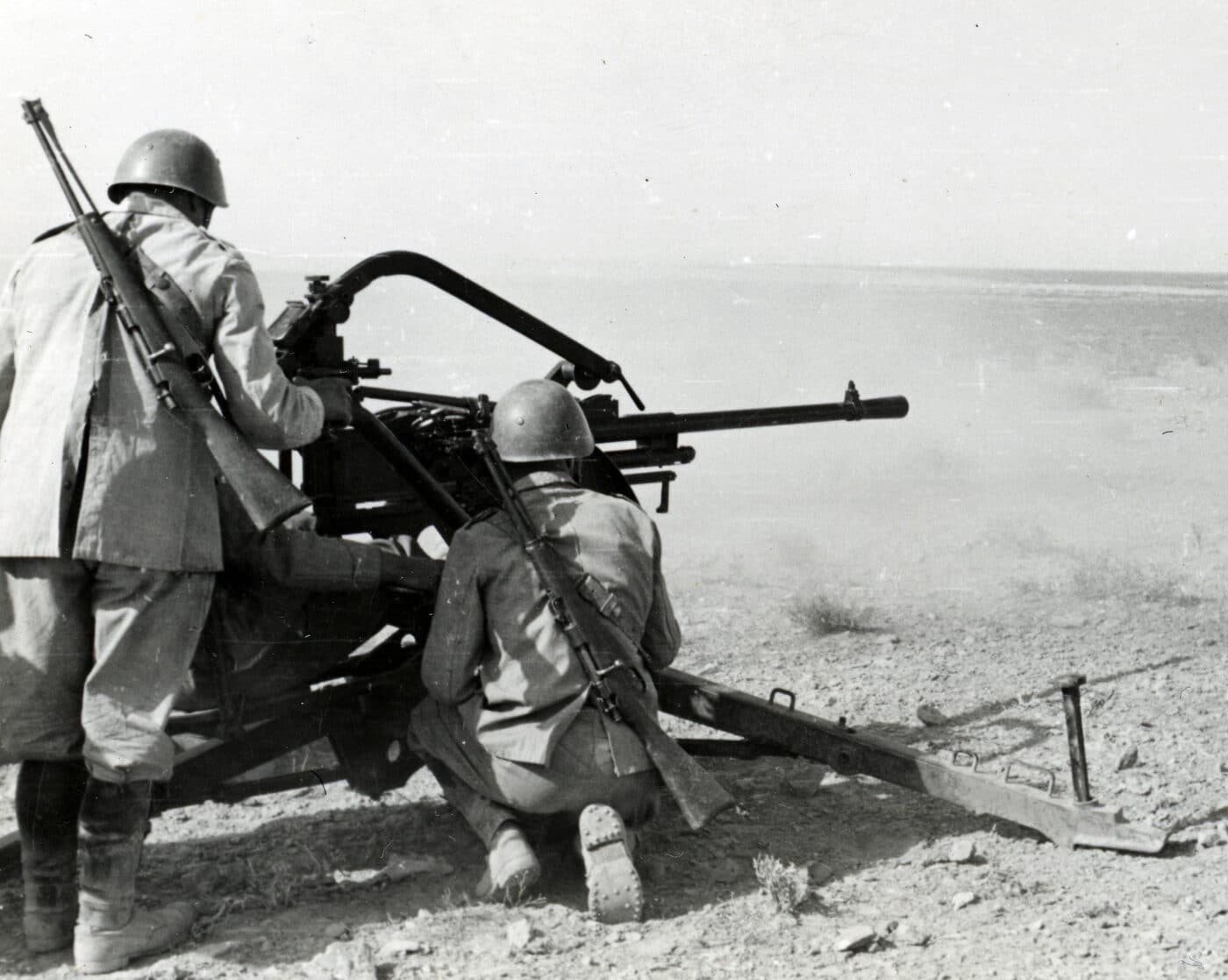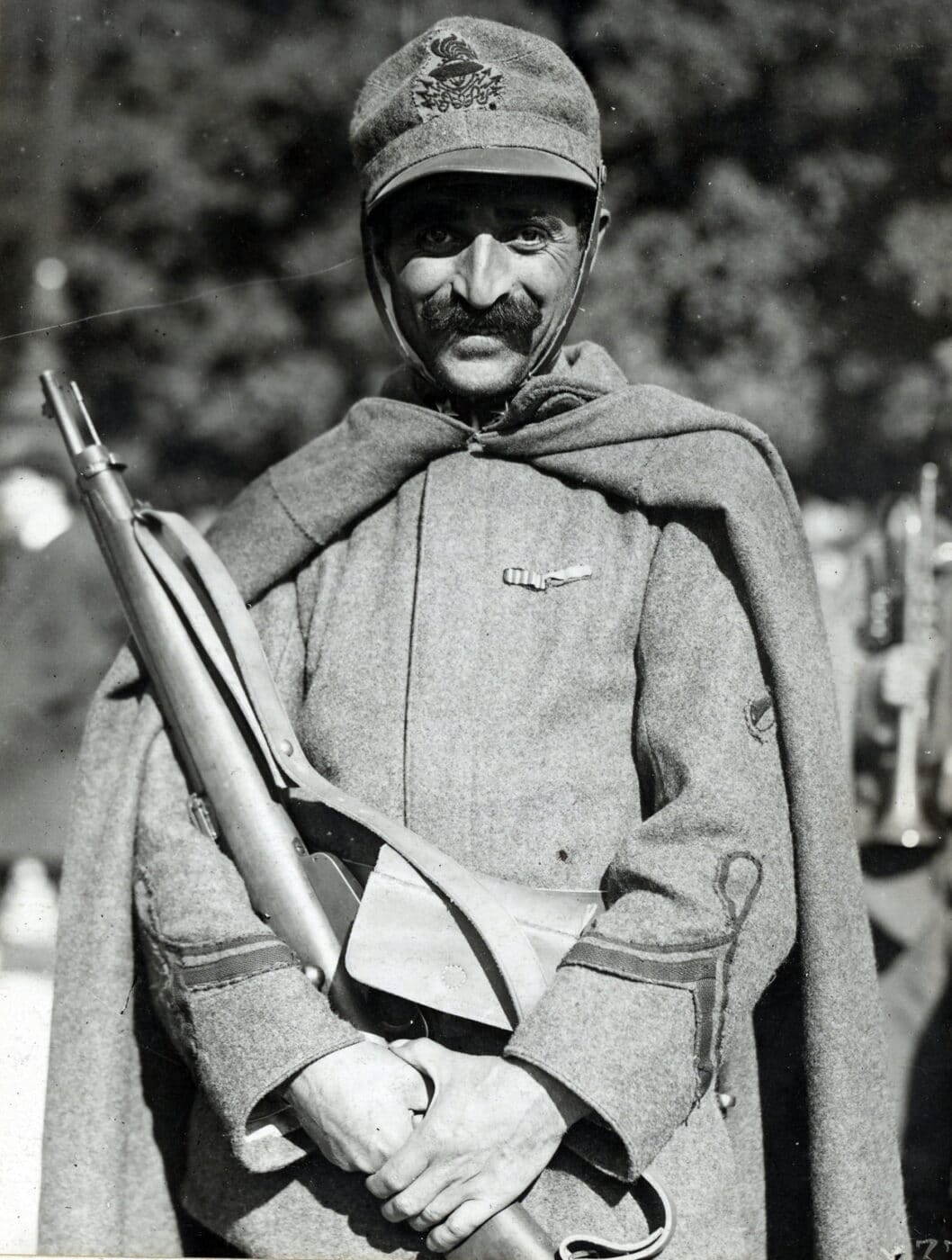Clearly the Italian and Russians designs proved to have real staying power.
Perhaps most important was that both were within the practical industrial capabilities of the nations that made them.
Its a good thing they did.
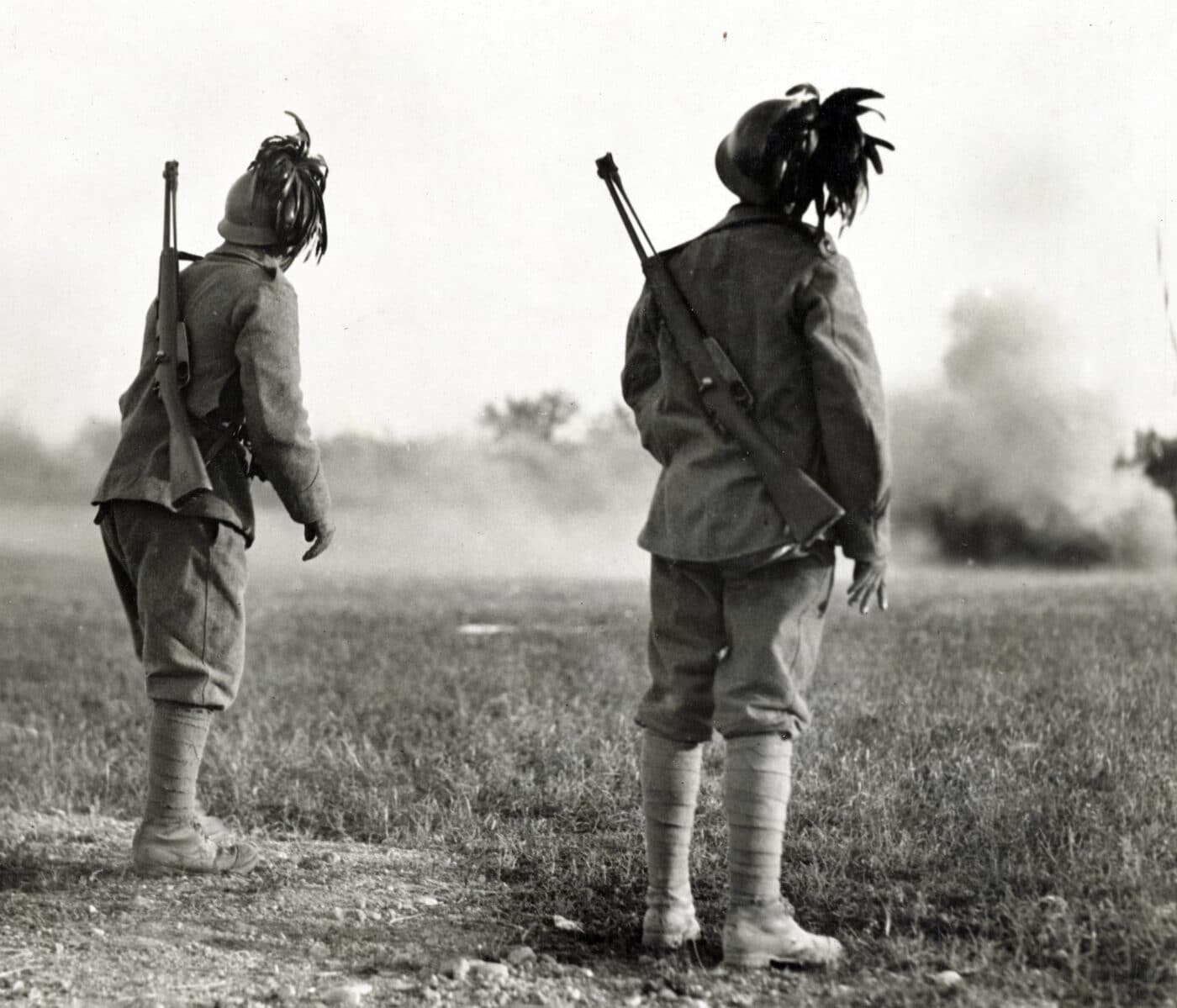
The problems were of an economic and manufacturing nature rather than ones of design.
Rifle production was slow at the state arsenals.
Quality control and logistics management problems plagued the ammunition and took years to straighten out.
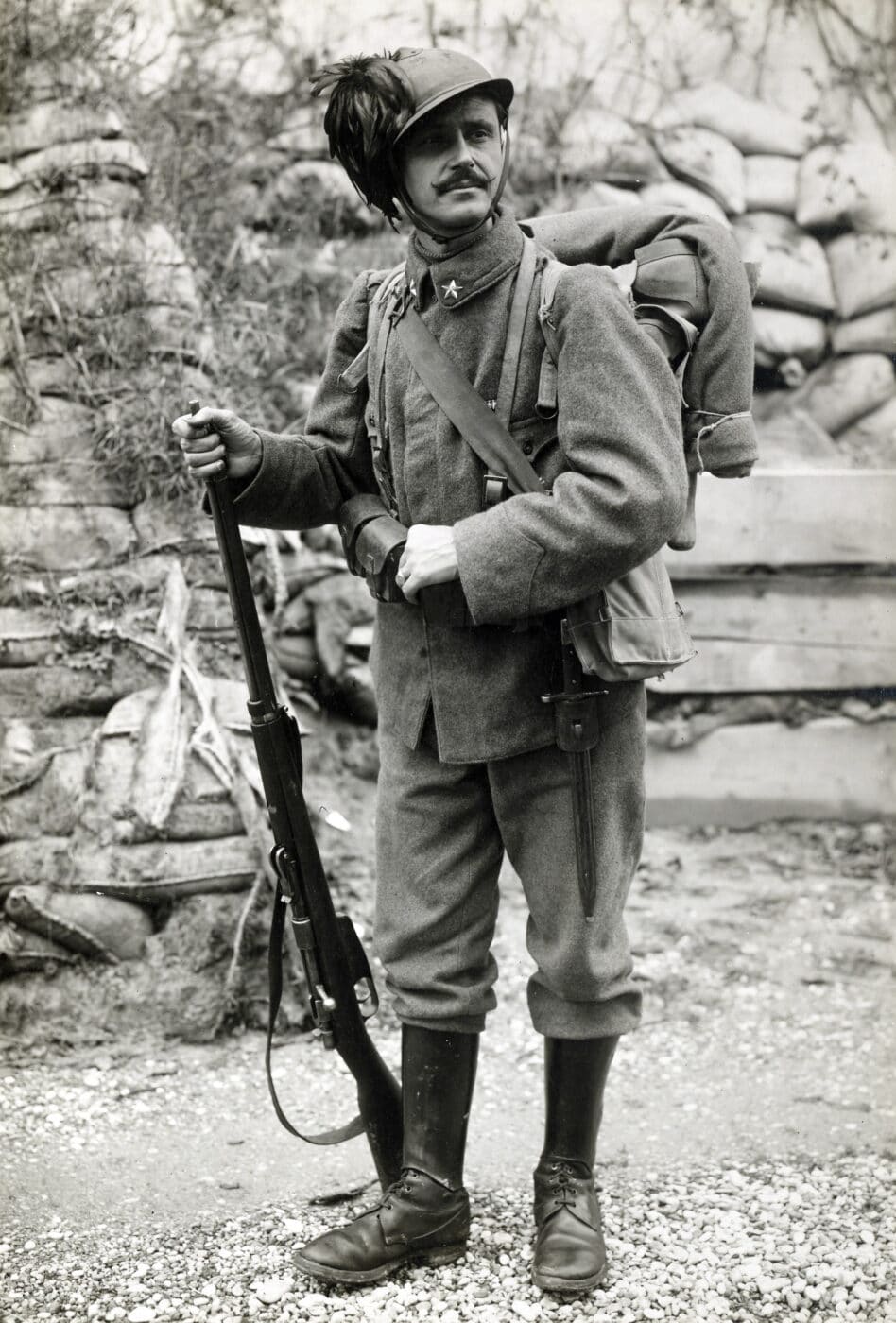
No blackpowder lead bullet ever had to move that fast!
A Secret Weapon
One of the solutions the Italians utilized in the M91 was gain-twist rifling.
This was a top-secret feature at the time.
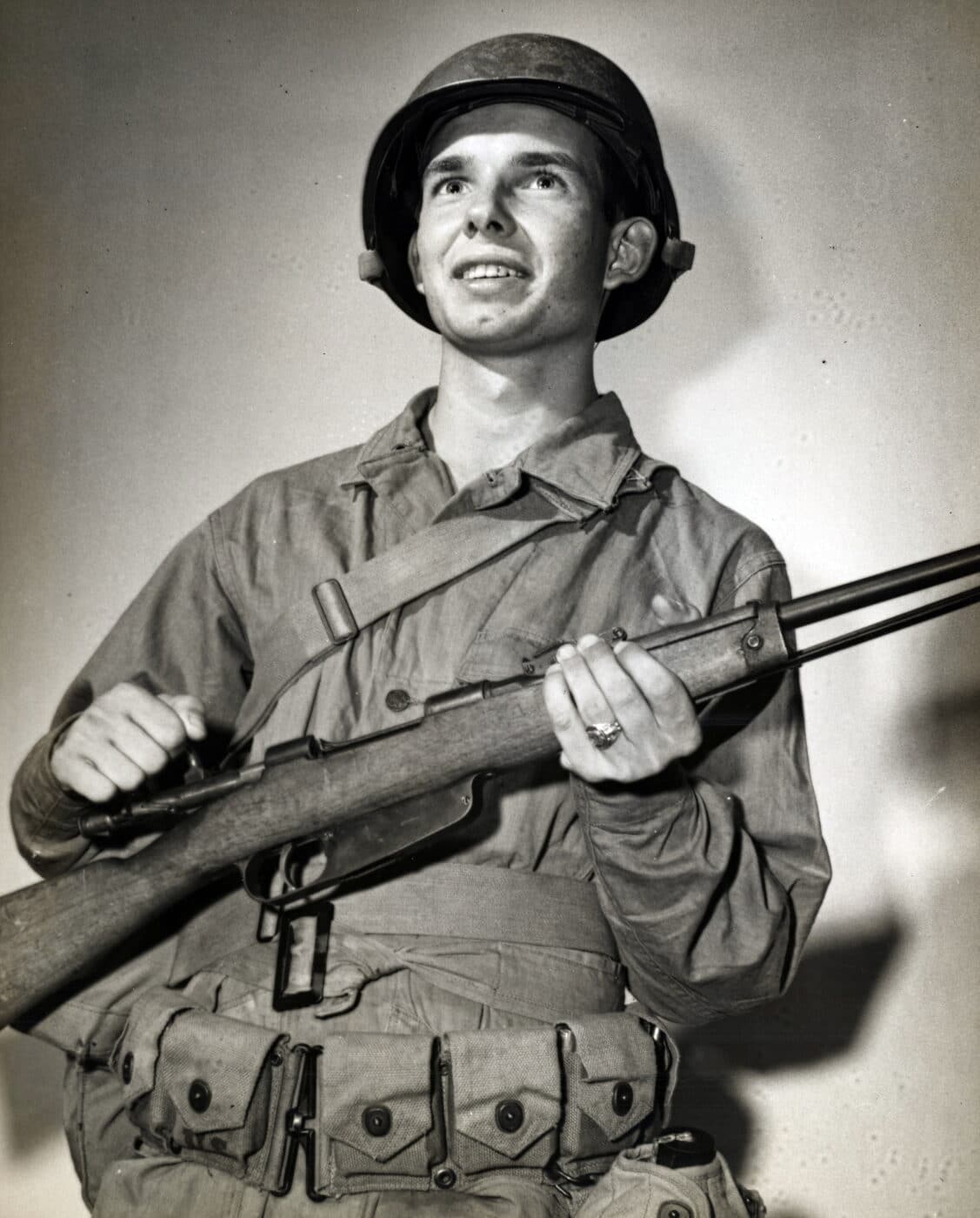
This gave the Italian soldier a slight edge in firepower against the Austro-Hungarians in World War I.
Both used a Mannlicher en-bloc clip designed for intuitive loading with either side of the clip up.
All the solder need do was ensure the bullets were facing toward the muzzle.
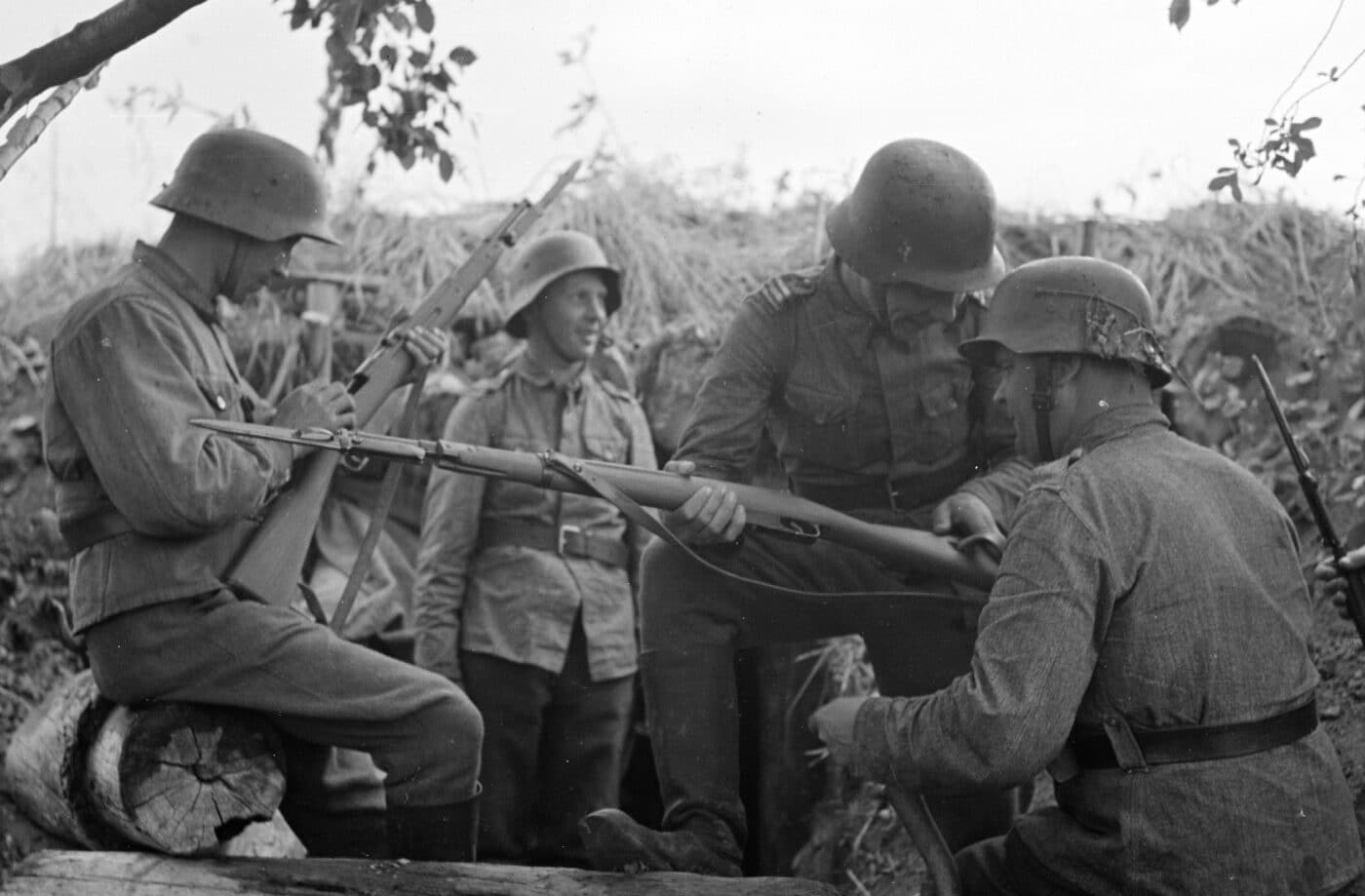
About 2,000,000 M91 Carcano rifles were made between 1892 and 1918.
Most came out of the Terni arsenal, which produced more than 1,500,000.
Torino Arsenal produced about 184,000 rifles and Torre Annunziata, beneath Mount Vesuvius, produced about 148,000.
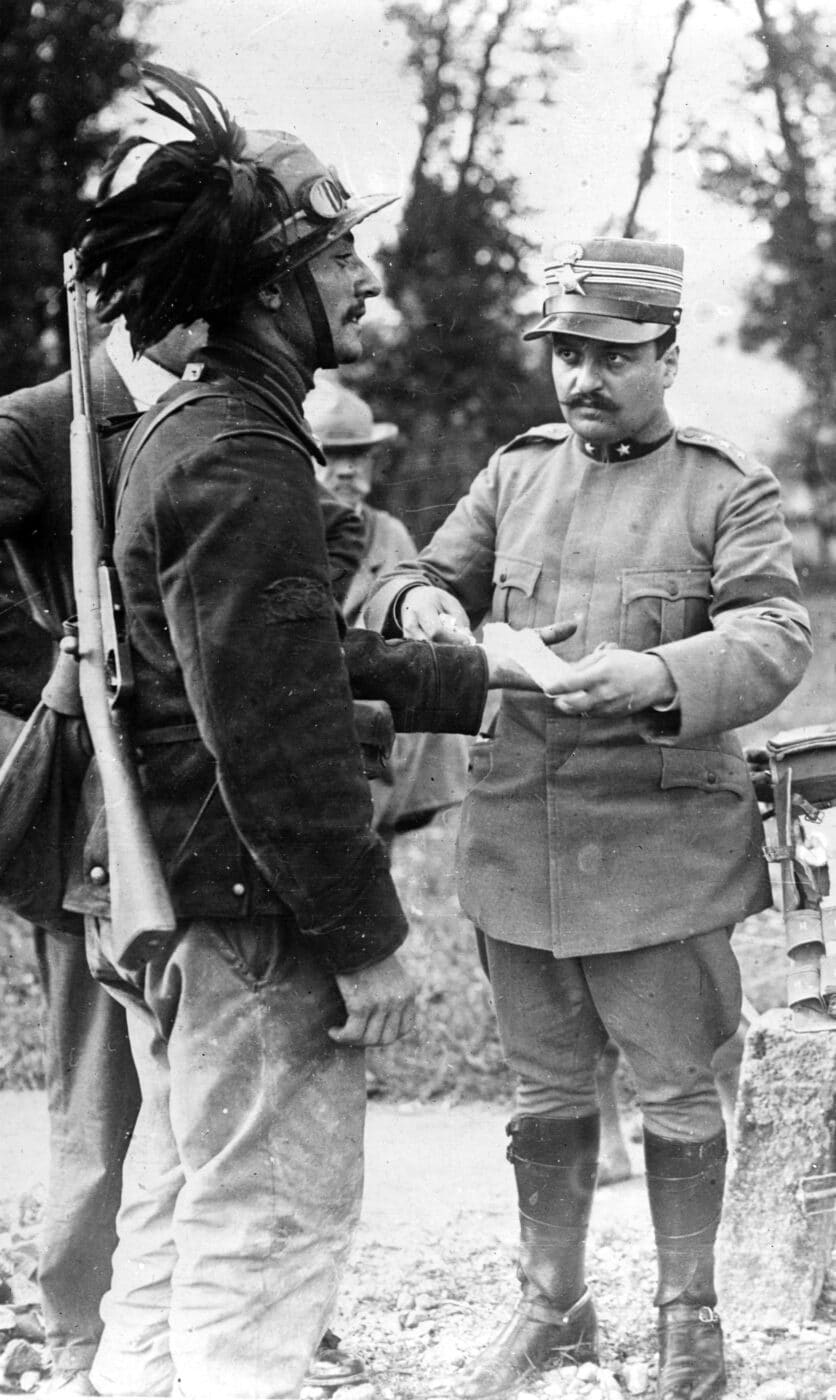
Mida Brescia, which began production in late 1916, produced about 120,000 rifles.
The Brescia Arsenal had the smallest overall output of about 50,000 rifles.
By 1940, shorter barrel variants of the long M91 rifle were usurping its front-line role.
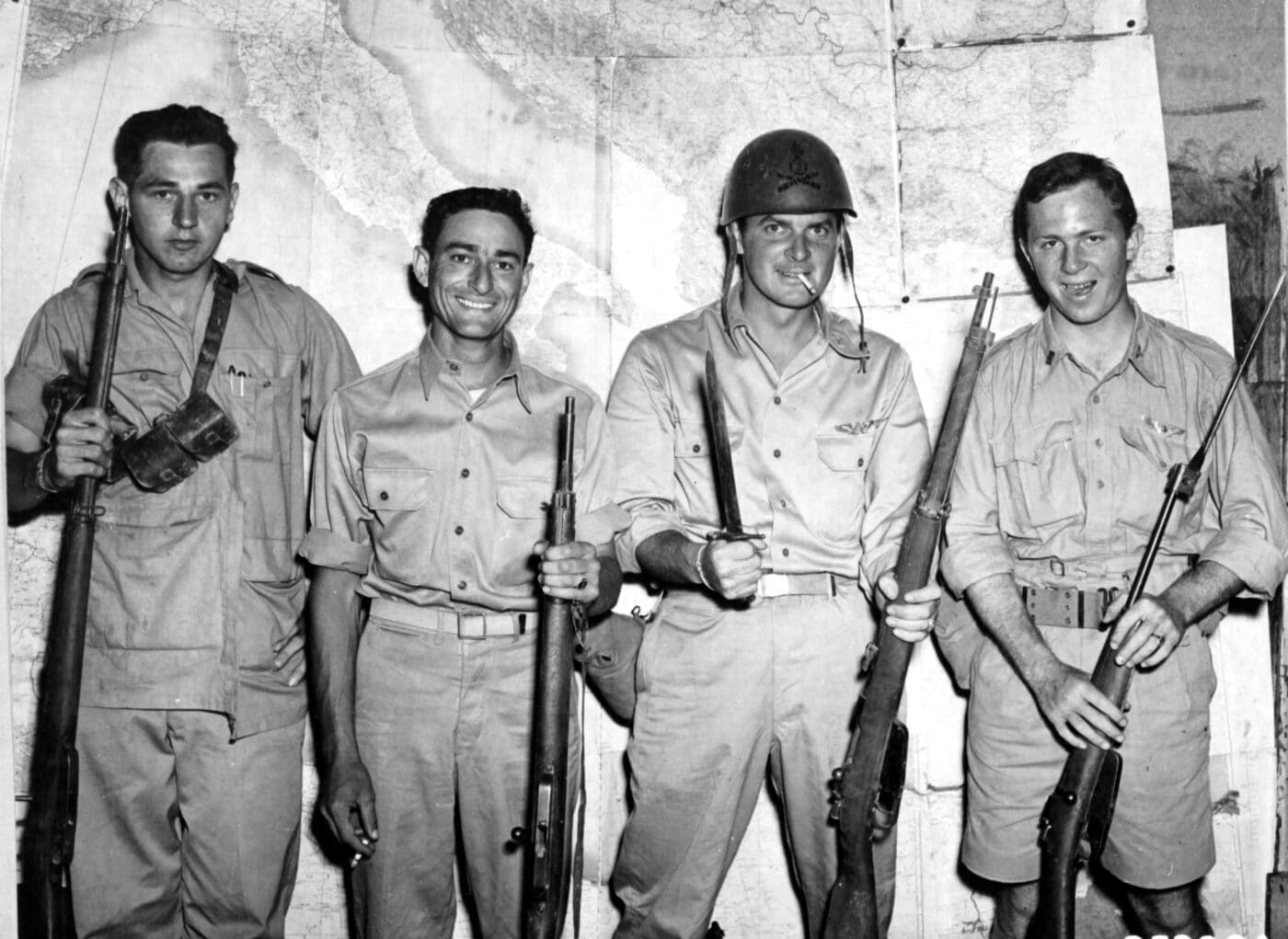
Curiously, the handy carbines remained in many police arsenals until relatively recently.
